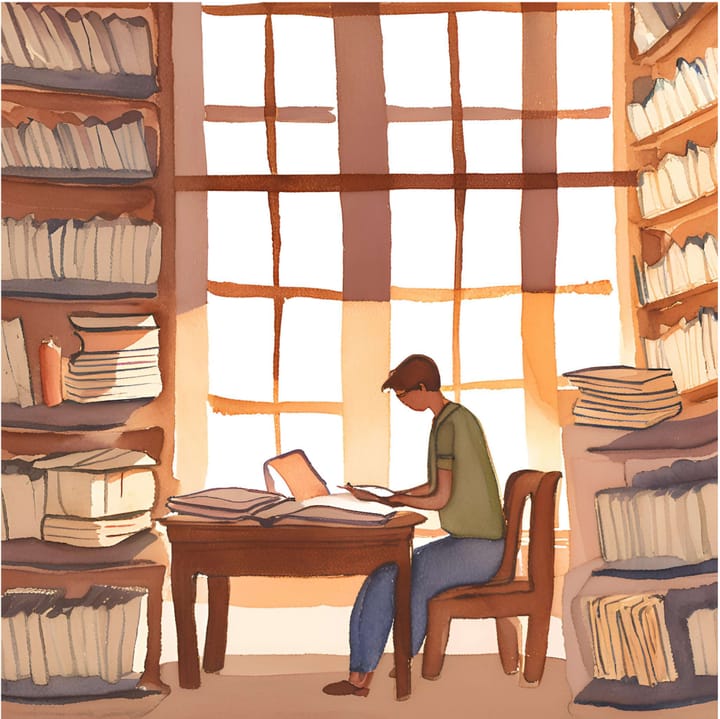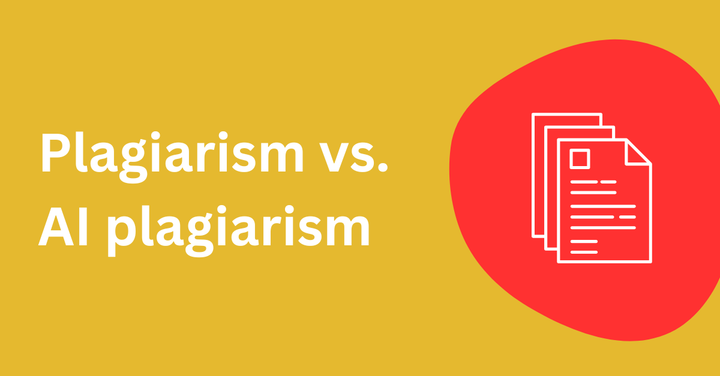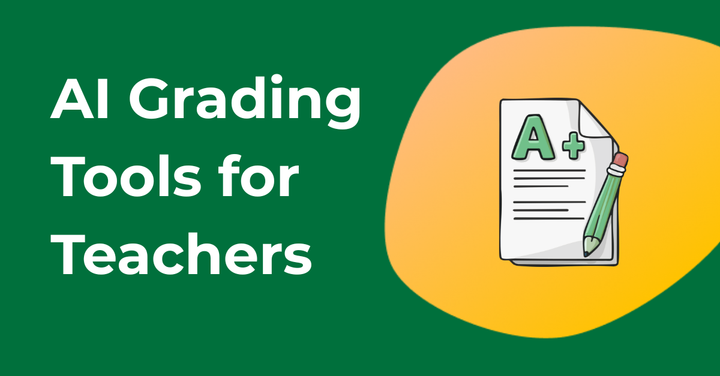Is Using AI Plagiarism? Here are 3 Ways to Tell
What are the ethics of using AI in written work? Learn three ways to tell whether using AI is plagiarism.

AI can be helpful when it comes to brainstorming – but relying on it too much can be a slippery slope into plagiarism territory. There’s a difference between using AI as a tool for coming up with a range of different angles, versus preserving integrity in your written work. Here are three ways to tell whether a piece of work is crossing the line between using AI tools ethically, and using them for plagiarism.
Is using AI considered plagiarism?
The rise of AI means that things are getting more complicated when it comes to telling the difference between straight plagiarism – and AI-enhanced writing. As the lines get blurrier, there are new questions about originality and authorship as well as the ethical use of AI in academic settings. New forms of plagiarism are becoming more common, including AI plagiarism (i.e. using artificial intelligence tools to create content and passing it off as your own original work).
Traditional definitions of plagiarism
Historically, plagiarism has meant copying someone else’s work, without giving them any credit. But is using AI the same as stealing content – or can it be a tool for idea generation? There’s a paradigm shift going on between inspiration and appropriation, but our core definition of plagiarism is “presenting work or ideas from another source as your own, with or without consent of the original author, by incorporating it into your work without full acknowledgement.”
The difference between idea generation and originality
Idea generation is simply an output of AI suggestions – but true originality is saying something new and unique. It’s important to take any AI suggestions as a launching pad but to add our own ideas and experiences in order to create genuinely original content.
For example, if you were writing an essay about climate change, an AI tool might suggest “global temperatures are increasing due to greenhouse gases” – but this would be a fairly bland and generic statement, and serve as simply a starting point. True originality would mean adding your own thoughts to the piece, perhaps around how climate change has impacted your locale, implications for your specific community, and unique insights on what you believe the dangers to be.
How to tell if work has been plagiarized using AI
As more people start to use AI tools to generate content, it becomes trickier to detect potential plagiarism. After all, there are AI tools that can now quickly generate entire essays within seconds. This is why a holistic approach should be taken to evaluating whether AI was used. Here’s how to figure out if a piece of work may have been plagiarized or generated using AI.
Look out for key indicators of AI-generated content
It’s becoming an increasingly important skill to be able to tell the difference between human-generated and AI-generated content. At a high level, the quickest way to tell whether AI has been used in written content is to look for two key indicators.
Lack of personal voice
The first is a lack of personal voice, since AI-generated content tends to be impersonal and overly polished. For instance, some of the most frequent words that tools like ChatGPT use include neutral phrases such as “in conclusion” or “as previously mentioned” (which make the text seem formulaic). Specifically, here are the most frequent words that generative AI tools like ChatGPT overuse.
Watch out for overly neutral writing that doesn’t have any individual style or perspective as AI tends to find it difficult to create the nuance that comes with human personal expression.
Inconsistencies in depth
Another giveaway is when there’s an uneven level of detail – such as lots of surface-level explanations, but no deeper insights or analysis. AI-generated content often works in broad strokes but without the complexity that comes from human insights, which makes the writing feel like it lacks critical thinking, or is overall inconsistent.
Look for sections that simply skim over crucial points without peeling back the ‘how’ or ‘why’ of an idea, as this is what AI tends to struggle with.
Use a tool to detect AI content
As AI use becomes more common, new detection tools can analyze text and figure out if it was written by a human or an AI system (this is how they work). These tools are constantly evolving to keep up with advances in AI writing technology.
A quick overview of GPTZero
GPTZero is the most precise, reliable AI detection results on the market – and can detect content from Chat GPT, GPT 4, Gemini, Claude and LLaMa models. Our model contains 7 components that process text to determine if it was written by AI, using a multilayered approach that aims to produce predictions that are as accurate as possible.
How to evaluate content authenticity
You can use our free GPTZero Plagiarism checker here. It checks to match your text to millions of documents in our databases and on the internet – and helps you identify plagiarized content by determining how much of the inputted text is original, which was found online and from what sources.
Analyze writing style consistency
When you drill down further into a piece of work, there are a couple of other ways you can see if it’s likely that AI has been used – mainly through paying attention to style and content patterns.
Compare the current version with previous work
An easy way to spot whether someone has relied too heavily on AI is to compare their current piece to their previous work. Any piece of writing tends to be part of a broader body of work – and if the current piece sounds markedly different from what they usually create, that tends to be a huge red flag.
Check the sources used
Another key indicator is the type and breadth of sources referenced in the work. AI tends to use fewer – and more generic – sources. If there are suddenly lots of unusual sources, lacking the depth or range of references that could typically be expected, this might indicate that AI has been used to write the piece.
While AI can be beneficial for coming up with ideas rapidly, and conducting research, it’s crucial to use it carefully and fairly so that it doesn’t veer into plagiarism territory. Knowing how to spot whether AI has been used can be done with a combination of human skill and using the latest in AI detection tools. The key to avoiding plagiarism is to make sure you always cite your sources and to provide acknowledgment of where the ideas you’re presenting came from.


